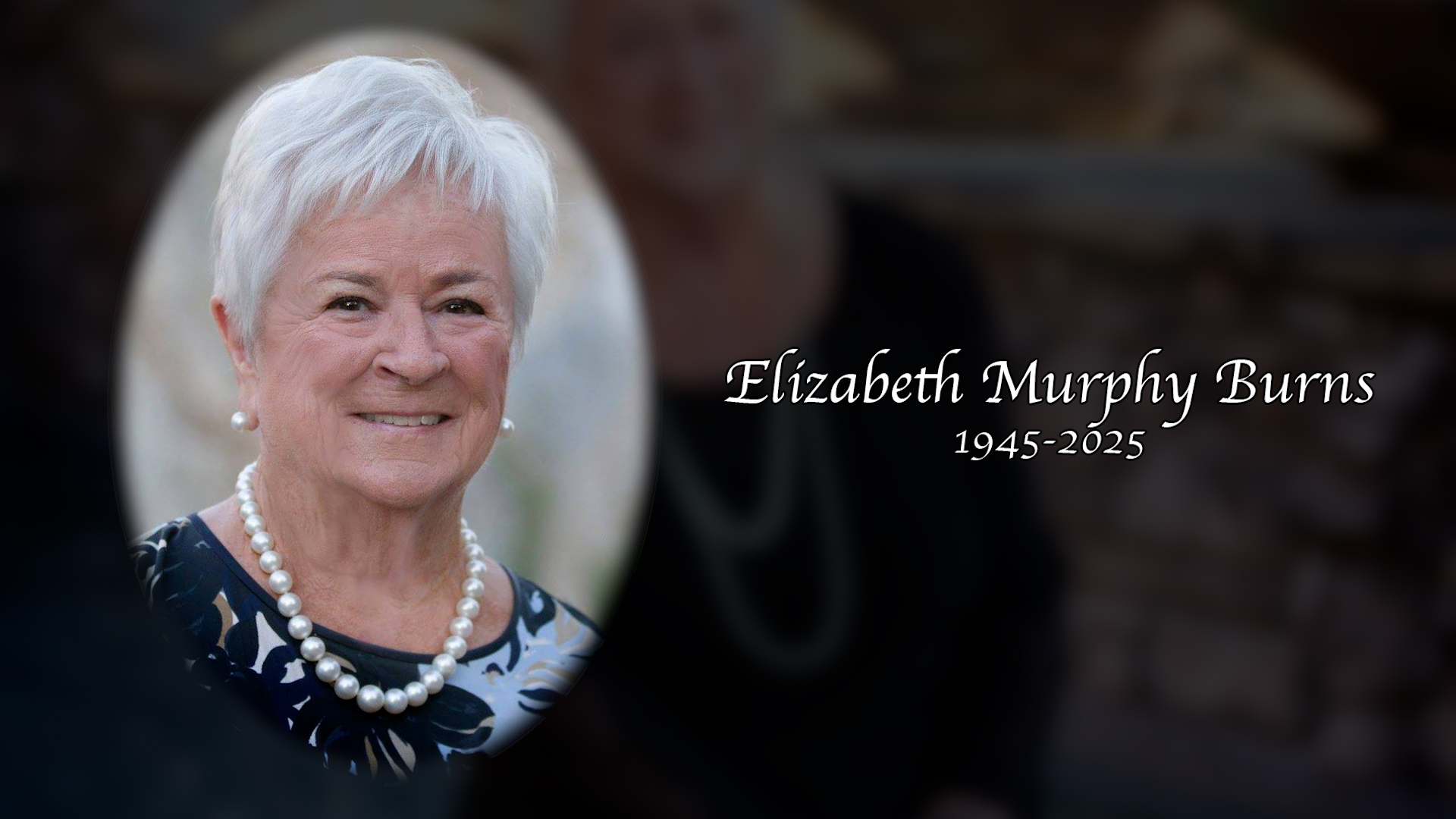FCC Opens Inquiry on Effect of Towers on Migratory Birds
Last week the FCC released a Notice of Inquiry (NOI) requesting comment and information on the impact communications towers might have on migratory birds. The NOI is part of the FCC environmental and historic preservation action plan described by Chairman Powell in May 2003. The concern about the impact of towers and tower lights on birds is not new. I had an extensive article on this almost four years ago in my September 27, 1999 RF Current Newsletter.
The FCC News Release FCC Opens Inquiry to Study the Impact Communications Towers May Have on Migratory Birds listed three areas the NOI was seeking information on:
* "Information, supported by evidence, concerning the number of migratory bird collisions with communications towers and the role that specific factors associated with communications towers may have in increasing or decreasing the incidence of such collisions. Such factors may include lighting, height, and particular type of antenna structure, meteorological conditions, location, physiographic features of sites, and known migratory bird migration corridors.
* "Information on whether any current or proposed research may provide useful data regarding the subjects of this inquiry, and what other actions may be necessary to spur additional, necessary research.
* "Comment on whether certain measures might minimize any adverse impacts of communications tower siting and construction on migratory birds, whether any such measures are supported by adequate and reliable empirical and/or scientific evidence, and how the use of such measures may affect the ability of licensees and other parties to provide efficient and reliable communications services."
According to the news release the commission "has made a commitment to consult with federally recognized Indian tribes to the extent practical prior to implementing any regulatory action or policy that will significantly or uniquely affect Tribal governments, their land and resources. Consistent with that commitment, the NOI requests comments from the Tribes and other parties on whether any of the questions raised in this inquiry will significantly impact Tribal governments, their land, and resources."
The Notice of Inquiry goes into more detail on how this could impact tower users. One item mentioned is that FCC applicants are required to state on the application form whether the facilities would have significant environmental impact. The NOI notes that Section 1.1307(a)(3) of the current FCC rules "provides that an EA is required for proposed facilities that may affect listed threatened or endangered species or designated critical habitats, or are likely to jeopardize the continued existence of any proposed endangered or threatened species or likely to result in the destruction or adverse modification of proposed critical habitats, as determined by the Secretary of the Interior pursuant to the ESA. Thus, applicants and licensees are routinely required to evaluate their construction projects for potential adverse effects on birds that are endangered, threatened, or otherwise subject to Section 1.1307(a)(3), and to file an EA if the terms of Section 1.1307(a)(3) are met."
The NOI acknowledges this is not a new subject: "The impact that communications towers may have on migratory birds has been the subject of study or other analysis for decades, and several reports have shown bird deaths at individual locations during a single day or over multiple years. Nevertheless, it appears that current knowledge about both the extent to which towers kill migratory birds and the specific factors that may contribute to any danger is limited. For example, a March 2000 review of recent literature and research in progress that was prepared for FWS, Office of Migratory Bird Management, found, among other matters, that: (a) for the 5-year period 1995-1999, very little research was published or conducted that is relevant to the bird-communications tower collision issue; (b) since certain "major reviews" of the late 1970s and early 1980s, there has been little research on the subject; and (c) for the period before 1985, there is a body of literature on the issue, but most of it is anecdotal and the literature itself has not been examined analytically."
The FCC NOI says lighting may be in important factor and notes that "some reports suggest that white strobe lights may be less attractive to neotropical migratory species than steady or flashing red incandescent lights." The NOI asks for comment on what type of lighting -- color, strobe rate, duration, etc. -- has the most impact on bird attraction. It also asks commenters to consider, where appropriate, the impact on human communities and on air safety and navigation concerns.
The NOI does not limit the factors to lighting. Comments are also requested on the impact of tower height, type of structure (monopole, guyed, self supporting, etc.) and location.
While most of the comment in the NOI is likely to come from scientists studying bird migration and perhaps from the aviation community, it is important that broadcasters, who in many locations depend on towers 1,000 feet or more in height, monitor the comments and the potential impact on broadcast operations. The www.towerkill.com Web site referenced in my 1999 article is still active and has more information on the subject.
For the broadcast transmitter engineers reading this, have you ever noticed a massive bird kill at your tower site? What were the conditions? The www.towerkill.com web site does not list any bird kill cases past 1998, when an estimated 5,000 to 10,000 Lapland Longspurs died in the vicinity of a 420 foot tower in southwestern Kansas. I won't publish the name of the owner of the tower involved or its exact location.
Get the TV Tech Newsletter
The professional video industry's #1 source for news, trends and product and tech information. Sign up below.
